Brest Fort
Brest fort began to be built in the 1800s by Russia but was not completed until 1914. During the First World War, the fort was captured by the germans. After the Polish-Russian war between 1919 and 1921 it came under Polish control. The Poles used the fort as a prison. In connection with Germany’s attack on Poland in 1939, the fort was defended by a small Polish force but they were forced to retreat. In accordance with the Molotov-Ribbentrop Pact, Brest (and the fort) ended up under Soviet control. When Germany attacked the Soviet Union on June 22, 1941, the fort was right on the border between the two countries. Brest was located in the Army Group Center operating area and the fort was attacked without warning and subjected to a heavy German bombardment. Soviet defence in the rest of the city collapsed, but about 3,500 soldiers went to the fort and continued to fight the Germans.
The fort’s narrow streets and confined spaces was perfect for the defenders and german attacks were repulsed repeatedly. But since the fort was surrounded and besieged, it was just a matter of time before the defenders had to surrender on June 30, 1941. A few Soviet defenders, including one of the leading officers, Pyotr Gavrilov, escaped captivity and continued to fight until August 1941. In order to finally eliminate the remaining defenders, the Germans flooded the fort’s cellar. When Hitler and Mussolini visited the fort in August 1941, it was preceded with high security meassures because the Germans were not entirely sure if there were any defenders left among the ruins.
Before the German attack on the fort (and the Soviet Union), it was best known for the peace treaty between Germany (and its allies Austria-Hungary, Turkey and Bulgaria) and Russia in March 1918. Brest was then called Brest-Litovsk and therefore the treaty was called the Brest-Litovsk Treaty. In February 1917, russians started to protest against the war and strikes erupted in Tsar-Russia, and Tsar Nikolai II was forced to resign. The tsardom was then replaced by a provisional government consisting of an alliance between liberals and socialists. When it failed to pull Russia out of the war, discontent grew again. Lenin and his Bolsheviks entered the historical scene by a coup in October 1917. The consequence of the coup was that Lenin’s Bolsheviks (Councils of the people) took power in Petrograd (now St. Petersburg). This in turn marked the beginning of the Russian civil war fought between Lenin’s Bolsheviks and the Whites (nationalists and opponents of the Bolsheviks).
The civil war lasted between 1917 and 1921 and resulted in a Bolshevik victory and the founding of the Soviet Union in 1922. In order to win the civil war and concentrate all its forces domestically, the Bolsheviks demanded a separate peace with the Central powers (Germany and its allies). The negotiations took place between December 1917 and March 3, 1918, and signed at the White Palace. The Bolshevik delegation was led by Leon Trotsky and the German delegation by general Max Hoffmann, head of the german military forces on the eastern front. The treaty had dire consequences for the Bolsheviks who were forced to give up large tracts of land, including parts of Ukraine, Belarus, Poland and the Baltic states, about 25 percent of the Russian population and industry ended up under German territory. The validity of the treaty lost its force about eight months later in connection with the loss of the central powers in the First World War and the following Treaty of Versailles. The conditions imposed by the central powers on the Bolsheviks at Brest-Litovsk were on a par with those imposed in the Versailles treaty, in particular, on Germany. The palace was destroyed during the fighting for the fort in June 1941.
Current status: Partly preserved/razed with museum (2010).
Location: 52°4 55.2" N, 23°39 28.8" E
Get there: Car.
Follow up in books: Megargee, Geoffrey P: Barbarossa 1941 (2008).
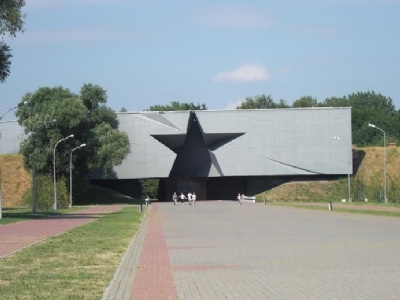
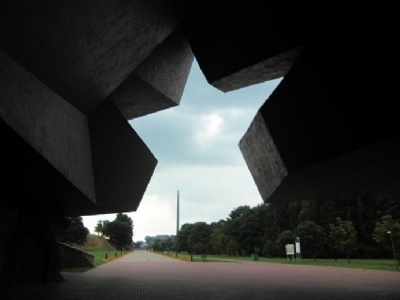
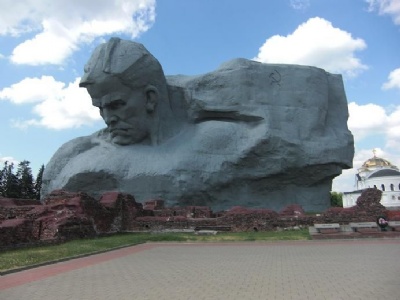
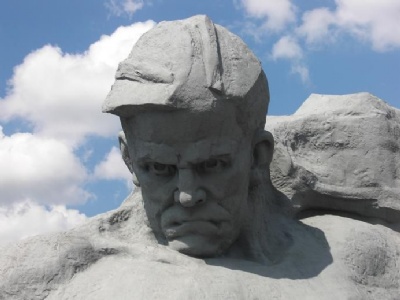
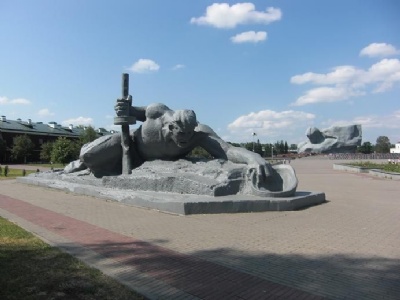
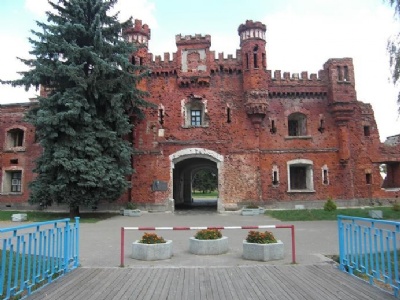
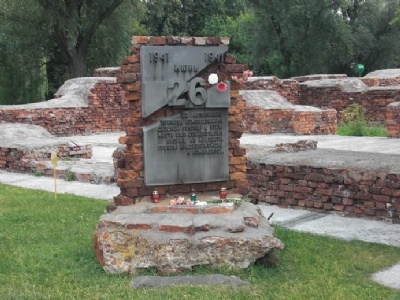
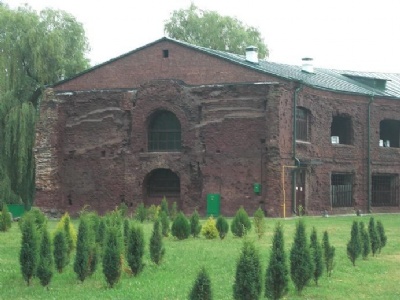
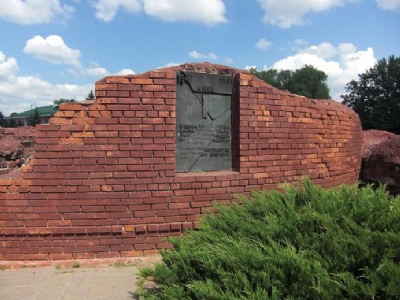
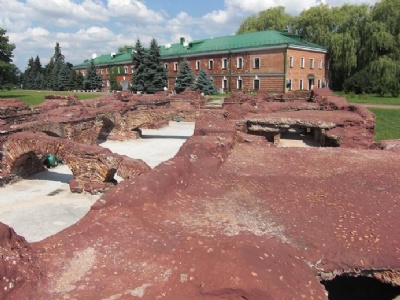
In the former Soviet Union the material destruction was huge after the war and the economy did not allow the building of monuments (let alone museums) for the first 20 – 25 years. For Soviet Union, it was first and foremost a question of rebuilding the country. It was not until the sixties, after Leonid Brezhnev’s admission as secretary general (leader), monuments started to be built, for instance in Stalingrad (current Volgograd). But Brezhnev had his reasons for this, the economy was stagnant and one way to shift focus was to highlight the war against fascist Germany between 1941 and 1945. A war that in the Soviet Union was summed up with the words, suffering, heroism and sacrifice, this was reflected in museums and in gigantic monuments built in the Soviet Union.
The victory over Nazi Germany was, in the words of the author Catherine Merridale, the greatest achievement of the Soviet Union (and Russia), and nothing was allowed to question and even less criticize this achievement. All scrutiny that was not in line with the state version of the war was silenced, a version that the political establishment in Russia still wants to preserve today. That is why nothing is mentioned or heavily marginalized in the Soviet and Russian history of desertions, incompetence, discontent, anti-communism, looting, reprisals against German civilians and the thousands of rapes committed as they advanced into Germany itself. Nothing, or very little, is mentioned about the Soviet occupation of the Baltics and attacks on Finland and Poland. Or the treaty between Nazi Germany and Soviet Union in 1939 (Molotov-Ribbentrop Pact). Everything was subject to the communist ideals, although the ideals changed over time and suited to the leader at the time. Still, in some former Soviet republics, the day of victory (May 9) is celebrated and manifested in the greatest nationalistic style.
After the war, the ruins were left behind and Brest quickly became a Soviet shrine and a symbol of Soviet defence against the German invaders. In 1965, the fort was awarded the title, Hero fort (Brest Hero Fortress) for its heroic defense. A total of 12 cities were appointed in the former Soviet Union to Hero cities plus Brest fort. It is hard not to be struck by the heroism of the monuments and the fort is Brest’s largest and most visited tourist attraction.